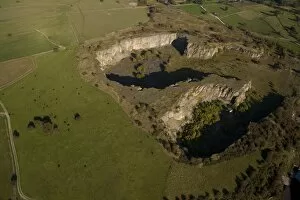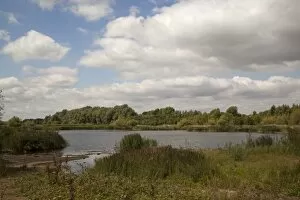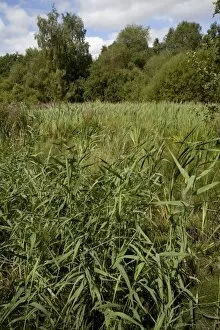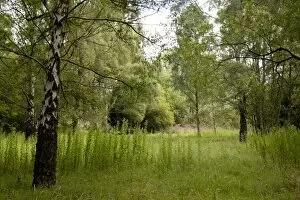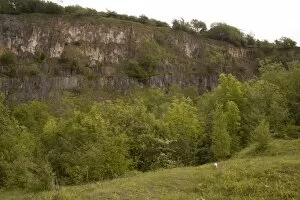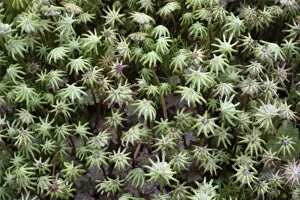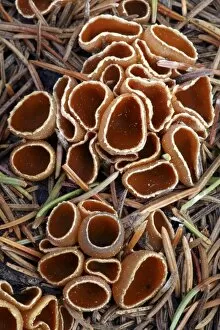Recolonising Collection
"Nature's Resilience: Recolonising and Regenerating Habitats in Derbyshire" In the aftermath of a devastating forest fire
All Professionally Made to Order for Quick Shipping
"Nature's Resilience: Recolonising and Regenerating Habitats in Derbyshire" In the aftermath of a devastating forest fire, hope emerges as silver birch seedlings sprout amidst the charred remains. This is just one example of nature's remarkable ability to regenerate itself. The gradual recolonisation of pine saplings and vibrant vegetation brings life back to exhausted Bauxite aluminium ore sites. These once-barren landscapes now showcase nature's resilience, painting a picture of renewal against an industrial backdrop. From an aerial view, an abandoned quarry in the White Peak region of Derbyshire stands as a testament to the power of time and restoration. September unveils hints of transformation, as patches of greenery emerge amidst rocky terrains that were once devoid of life. A flooded former sand and gravel quarry at Willington Gravel Pits reveals a mesmerizing sight—a habitat reborn from watery depths. The Derbyshire Wildlife Trust Reserve nurtures this rejuvenated space, offering refuge for diverse species seeking solace in their newly reclaimed home. Millers Dale Quarry tells a similar tale—habitat regeneration thrives within its limestone walls. The echoes persist with multiple views showcasing nature's triumph over human intervention, reminding us that even seemingly desolate places can become havens for biodiversity when given time and care. Hilton Gravel Pits present wetland habitats where gravel extraction once dominated. Now under the watchful eye of Derbyshire Wildlife Trust Reserve, these pits have transformed into thriving ecosystems teeming with life—an inspiring story unfolding before our eyes. Morley Brickyards' former clay pit has been transformed into a picturesque pond nestled within Derbyshire's embrace. Here too, wildlife finds sanctuary amidst tranquil waters—a reminder that even man-made scars can heal through dedicated conservation efforts. Birch woodlands flourish within Hilton Gravel Pits' former gravel pit—an enchanting display born out of reclamation efforts by the Derbyshire Wildlife Trust Reserve.



